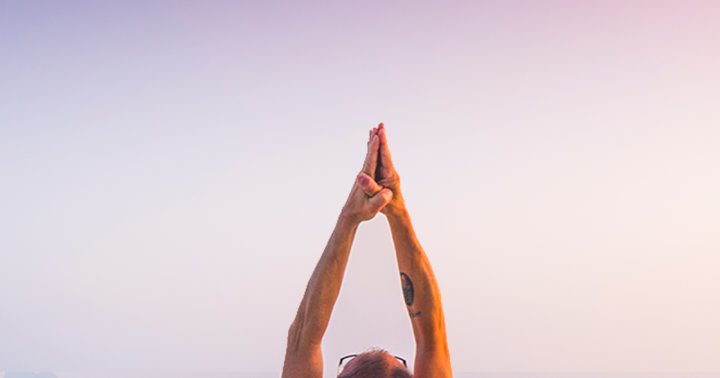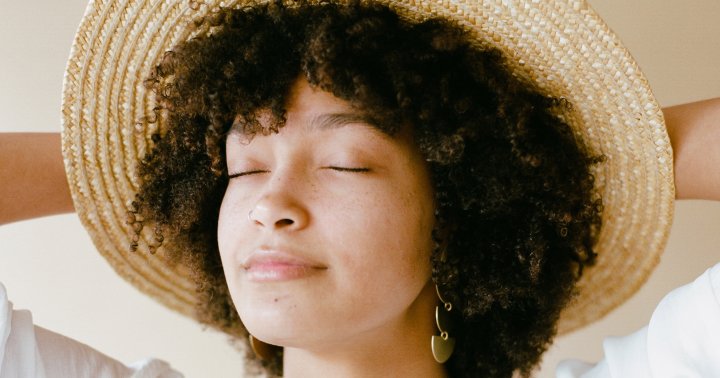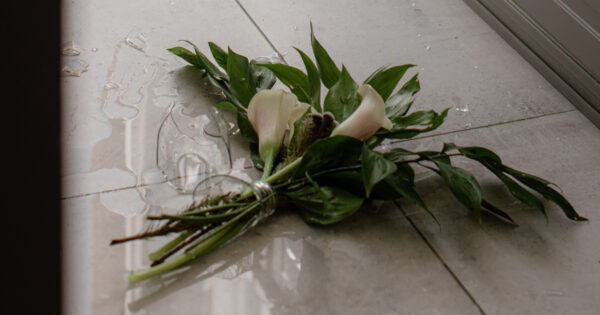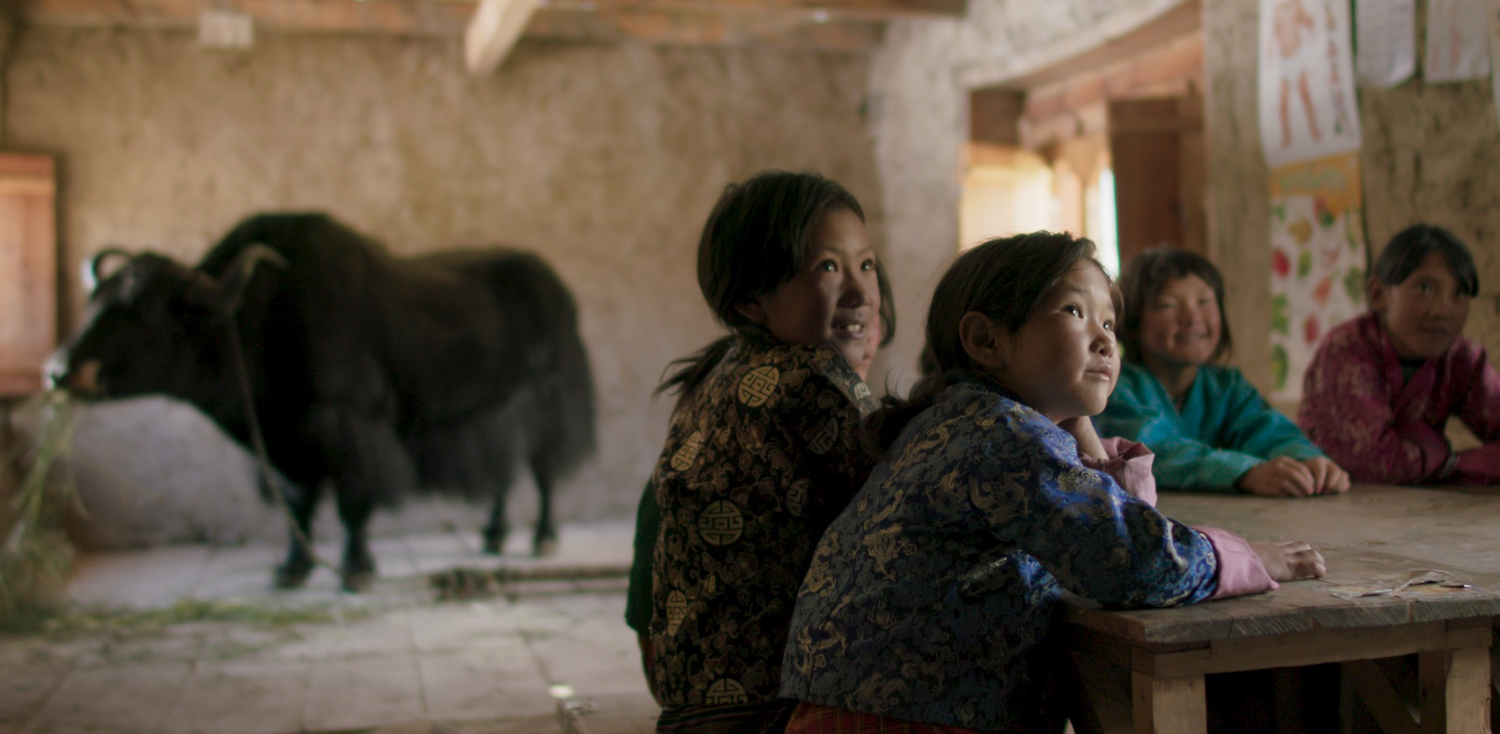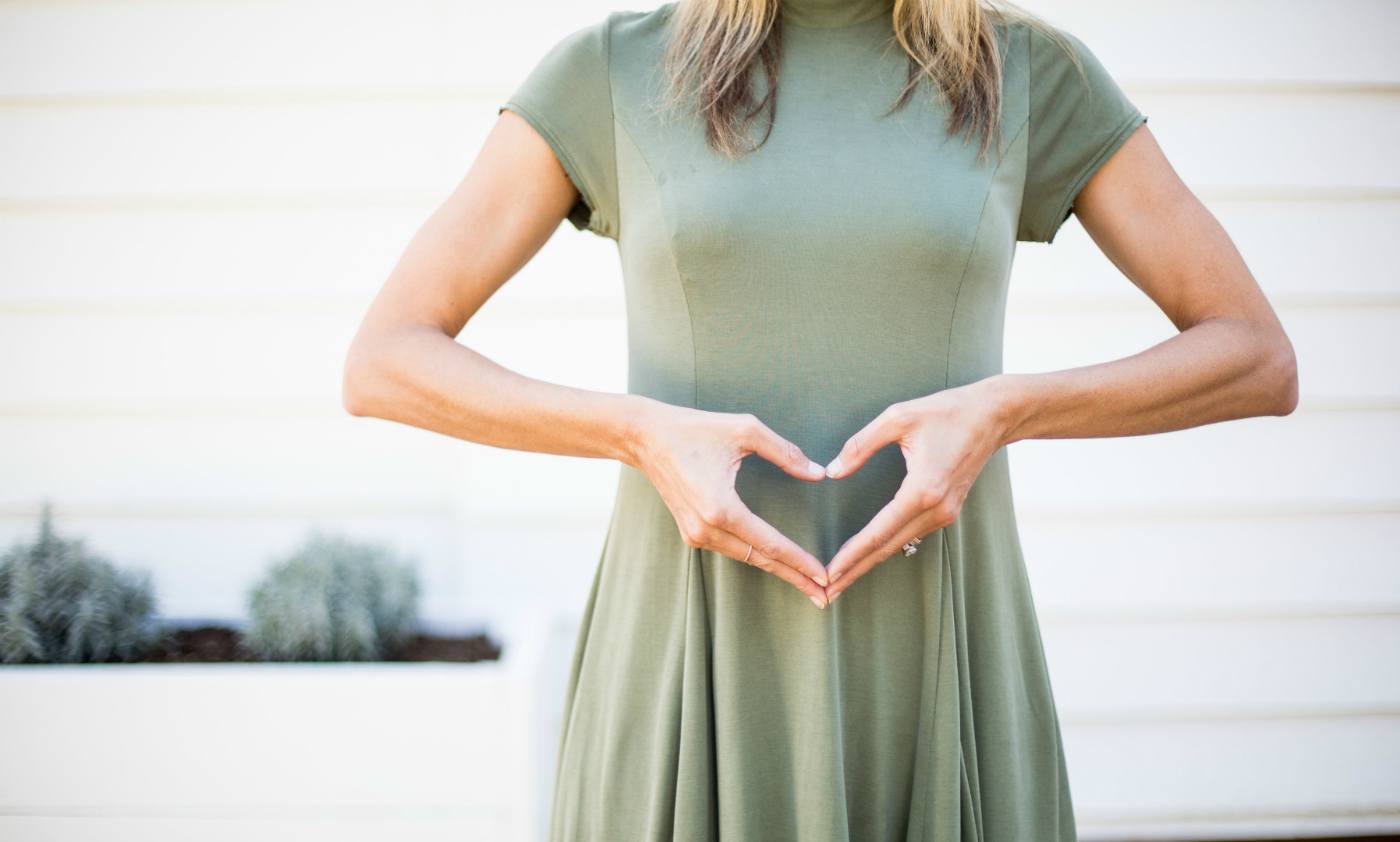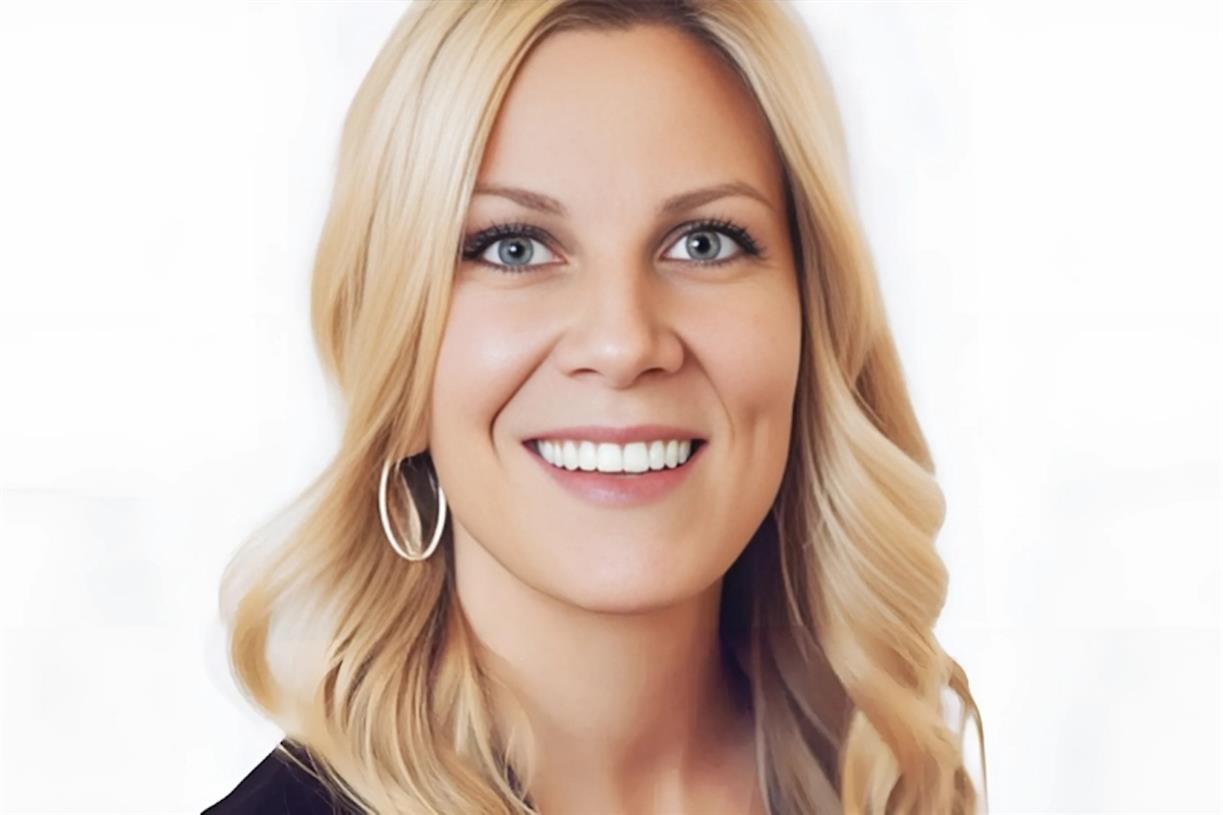The Healing Gardens of Hatis Noit
Ahead of her first US tour, the Erased Tapes artist talks hypnotherapy, Shintoism, and a life-changing encounter with a Buddhist nun. The post The Healing Gardens of Hatis Noit appeared first on Tricycle: The Buddhist Review.

In his famous dichotomy, author George R. R. Martin once stated that he viewed authors as belonging to one of two groups: the architects or the gardeners. While the architects design everything in fastidious detail before implementing their plan, the gardener starts with a germ or a seed and sees where it takes them, open to moments of discovery along the way to see how their garden might grow. The musical works of the Japanese-born London-based artist Hatis Noit sit firmly in this second camp. Her latest full length, Aura, released by Erased Tapes in 2023, is a wild garden—lush, colorful, organic, and free.
Partially recorded in Berlin and a church in the London Borough of Hackney, and including field recordings from Fukushima, the music feels like walking out into complete and total darkness, and its composition was not dissimilar. “Once I have an idea, I keep singing and recording over and over again,” she told Spitfire Audio in 2023. “Everything grows from there.”
In Pali, the term sammana refers to a member of the sangha who leaves society to live the contemplative life, but its literal translation means to be one who abandons social life to be “in tune” with the ways of nature. The artistry of Hatis Noit strives for this accord with the natural world, taking cues from the agricultural rites of Shintoism, the environmental symbolism of gagaku, and the terminology of Japanese folklore, with her artist name meaning the stem of the lotus flower. With layer upon layer, Hatis Noit is constantly searching for harmony in and of itself, primarily utilizing just voice and intuition, lingering in the unknowing before her work fully reveals itself.
Ahead of her first US tour, Hatis Noit talked with Tricycle about her background in hypnotherapy, the spiritual remnants imbued in specific locations, and how she first started her career after an auspicious meeting with a Buddhist nun.
This March, you are playing your first shows in the US, including a New York date on March 18 at the First Unitarian Congregational Society in Brooklyn. But I also noticed how you recorded the vocals for your album at a church in Hackney. How important is location to your craft? I strongly believe that spaces have an energy. Spaces have memory, just like us. Every time I visit different places, first I try to connect to the energy on the edge of the space, and then I try to find out what the space is thinking, feeling, and what it has seen in its history. I try to imagine that and connect to it, especially in those sacred spaces.
For example, I went to Fukushima to make my piece called “Inori.” To see the people in Fukushima walking, while still working in a nuclear power plant, I got really, really devastated. At that time, I remember thinking, “what can I do with my music, as an artist, for this suffering?”
“Inori” is a very important song for me. I wasn’t very sure what I was trying to do with the song when I first wrote it. But after recording, I performed the song in Europe. In the beginning, I was still in the phase of searching for what the song was saying to me and the audience, but gradually, I came to understand. The song is dedicated to the memory of those people who passed away in Fukushima, the memory of the people who I met there, who used to live there and wish to live there again, or who had to decide to leave there permanently and the memories that exist between them.
Your artist name, Hatis Noit, is taken from Japanese folklore, meaning the stem of the lotus flower. The lotus represents the living world, while its root represents the spirit realm, therefore Hatis Noit is what connects the two. Can you speak more to this? Do you feel like your music is a channel? For me, music is always a medium which connects this world and the other world, or here and anywhere. I have been really helped by music and the space that music creates. I am not trained in any particular style of meditation, but I practice hypnotherapy and am a hypnotherapist myself. In this practice, I can be you and you can be me, and we are sharing those personalities; you are a part of me and I am part of you. I can be the air, I can be the water in the stream, or anything else.
The Vietnamese Zen master Thich Nhat Hanh talks a lot about interconnectedness, or what he terms interbeing, how even the blood in our veins is connected to the water in the earth, how this water has been here all along. Being an artist who primarily uses their voice, with some processing, do you feel like your music is part of a lineage or ancestry? Yes. The human voice is such a special instrument, isn’t it? We have to connect to ourselves first, body first, then we have to feel our body close. No one has this same instrument, and so in that way we don’t even have to compete or compare ourselves with others. If one’s voice sounds similar to someone else’s, it’s because of their genes, right? For instance, when I answer the phone from my Granny, Granny will often say, “Oh, I thought this was your mother. Your voice is so similar to your mom’s.” It’s that kind of thing. It’s created by a body, created by a gene that includes a huge amount of memory.
In one of your biographies, I read that you first decided on your singing practice during a trip to Nepal to visit the birthplace of the Buddha. You were 16, and you had come across a Buddhist nun chanting. What led you to go on this trip? Are you a Buddhist? I think, like most Japanese people, I am partially Buddhist and partially Shinto. I’m not a very strict religious person. But just in general, I’m very curious why we are here: what we are, what we are living for.
The experience I had when I was 16 in Nepal was one of the most special moments of my life. I visited Buddha’s birthplace in Lumbini. I was with my mom in Nepal. She was a Japanese teacher, and she was volunteering, teaching some Japanese classes in Nepal at that time, and I was with her. During this trip, we took a bit of a break from her schedule to go to Lumbini from the capital city of Kathmandu. It was such a beautiful experience. We stayed with some nuns in one of the temples and stayed in a tiny room. It wasn’t touristy.
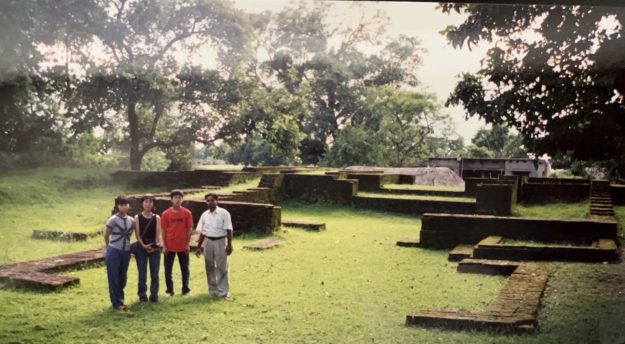 Hatis Noit with family and a local in Lumbini, Nepal, in 2000.
Hatis Noit with family and a local in Lumbini, Nepal, in 2000.One morning, I heard such beautiful music from outside of the window. I was very curious and tried to find the source of the sound, and it wasn’t before long that I came across a tiny, tiny house close to our room. The tiny house had been the origin of the sound, and when I looked into one of its windows, I saw a small room, and there was a lady, sitting there, singing. Later, I found out it wasn’t a song but Buddhist chanting, but I had no idea what it was because Buddhist chanting in Nepal sounds completely different from Buddhist chanting in Japan. The type of chanting I was used to in Japan was mainly focused on rhythm, whereas the chanting I heard in Nepal had more melody to it. It sounded so beautiful and sacred. It made me realize that the human voice has such a strong power. I had liked singing since I was a kid, but after that moment I knew that I wanted to be a singer like her.
Your biography also said you studied gagaku. How has your background in gagaku influenced Hatis Noit? It’s such a beautiful form of music. The music is arranged to show us how the world and nature, including human nature, works. There are three main instruments in gagaku. The instrument called sho, a mouth organ, represents the sky and the light coming through the cloud. So the light coming through the clouds cannot move straight, it’s more of a fluctuation; the sound of sho always contains a note which is off from others in harmony. This sound being off makes us feel weird, right? But that’s nature, it cannot be perfectly in line. And the next instrument, hichiriki, a tiny vertical pipe instrument, which is the instrument I trained in. It is meant to represent the ground and humans living on it. So its frequency range is very limited, almost the same as the male human’s average vocal range, while other instruments have a much wider range. And the last main instrument is called ryuteki, which is a flute and represents a dragon flying between the sky and the ground.
Basically gagaku shows humanity, and nature, and the activities of all the creatures in between. All gagaku songs are inherited, as in, taught by a master, not by written scores but singing. It always somehow contains chaos, but that is what makes it so rich and gives it all so much depth.
I feel like your music, too, elicits a pretty strong response. I’ve read a few YouTube comments on one of your videos where a few people talked about being moved to tears watching you perform. When I make music, I always try to connect to a sensation. Sometimes it can be a warmness. It can be a negative feeling as well—like fear or anxiety—but even such negative emotions are just another feature of love. I personally think music, especially live music, is very much a therapeutic thing. I always aim to provide people with a very safe space to explore themselves. I think that’s one of the reasons why I don’t use any words in my music. If I use words, I would probably direct people to go to some particular space or experience, right? But what I want to do is create a safe environment where you can feel anything coming out from yourself. Sometimes, people say my performance was so beautiful, or like they felt so touched, and sometimes people cry, but if that happens, it just shows their beauty.
◆
Hatis Noit performs at the First Unitarian Congregational Society in Brooklyn on March 18, 2024. For more tour dates and information, visit HatisNoit.com.

 Kass
Kass 







